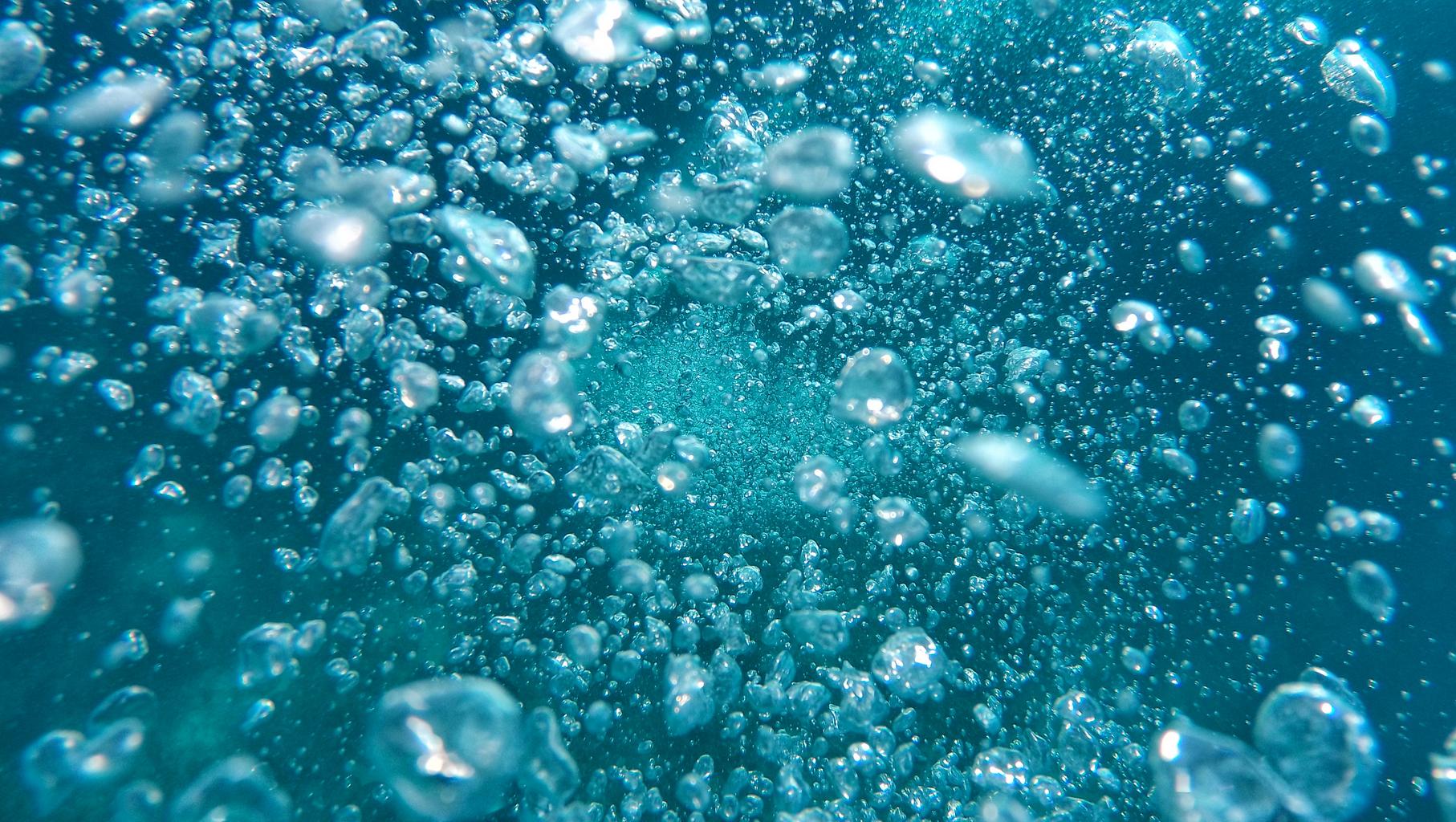Introduction
In an age where air quality has become a focal point of health discussions, air purifiers have emerged as essential household appliances. These devices not only help in removing pollutants and allergens from the air but also contribute significantly to our overall well-being. However, like any electronic device, air purifiers can encounter issues that result in error codes. Understanding these error codes is crucial for effective troubleshooting and maintenance.
In this comprehensive guide, "Air Purifier Error Codes Explained: A User's Guide to Quick Fixes," we will delve into various error codes associated with air purifiers, what they mean, and how you can resolve them swiftly. Whether you're grappling with a persistent red light on your pet air purifier or wondering about the best practices for using a dehumidifier alongside your air purifier, we've got you covered.
Understanding Air Purifier Error Codes
What Are Air Purifier Error Codes?
Air purifier error codes are indicators displayed by the device to inform users about operational issues or required maintenance. These codes are often alphanumeric and vary by brand and model. Recognizing these codes can save you time and money by allowing you to address problems before they escalate.
Why Do Air Purifiers Display Error Codes?
Error codes serve as alerts for various reasons:
- Filter Replacement Needed: Many models signal when it’s time to replace or clean filters. Malfunctioning Sensors: If sensors detect abnormalities in airflow or air quality, an error code may appear. Power Issues: Fluctuations in power supply can trigger error alerts.
Common Air Purifier Error Codes and Their Solutions
Error Code E1: Filter Replacement Required
When your device displays the E1 code, it's time to change your filter. Filters typically need replacement every 6-12 months depending on usage.
How to Replace Your Filter
Turn off the unit and unplug it. Open the cover where the filter is located. Remove the old filter carefully. Insert the new filter (make sure it fits snugly). Reset the error code as per your user manual.Error Code E2: Sensor Malfunction Detected
An E2 error signifies that there might be an issue with one of the sensors within your purifier.
Troubleshooting Steps
- Check if there's any dust or debris blocking the sensors; clean them gently. Restart your unit after cleaning. If the problem persists, refer to customer support for further assistance.
Error Code E3: High Humidity Levels
If you see an E3 code flashing on your screen, it indicates that humidity levels are too high for optimal operation.
Quick Fixes for High Humidity
Consider running a dehumidifier alongside your air purifier. Ensure good ventilation in your space—open windows if possible. Monitor humidity levels with a hygrometer.Error Code E4: Power Supply Issue
This code usually appears when there’s an inconsistency in power supply or if there's a loose connection.

Steps to Resolve Power Issues
- Ensure that the power cord is plugged in securely. Check for any damage to the power cord. Try plugging it into another outlet.
Error Code E5: Overheating Warning
Overheating can lead to serious malfunctions; thus, devices are programmed to alert users through an E5 code.
Cooling Down Your Device
Turn off your air purifier immediately and allow it to cool down for at least 30 minutes. Ensure sufficient airflow around the appliance—clear any obstructions nearby.Helpful Insights on Troubleshooting Air Purifiers
Regular Maintenance Practices
Regular maintenance is key to ensuring that your air purifier operates efficiently without displaying error codes frequently.

Checklist for Regular Maintenance
- Clean or replace filters as recommended by the manufacturer. Wipe down surfaces regularly to remove dust buildup. Keep sensors clear from obstructions; use a soft cloth for cleaning.
How Temperature Affects Air Purifier Performance
Temperature plays a significant role in how well your air purifier functions:
Optimal Operating Temperature Range
Most models work best between 60°F - 80°F (15°C - 27°C). Extreme temperatures may hinder performance leading to potential errors.
Dehumidifiers vs Air Purifiers: Making Sense of Both Technologies
When Should You Use a Dehumidifier?
Using a dehumidifier helps reduce moisture levels in humid climates which can alleviate some strain on an air purifier designed primarily for airborne particles rather than humidity control.
Should I Close The Door When Using A Dehumidifier?
Yes! To maximize efficiency, keep doors closed while running a dehumidifier so that it effectively reduces moisture levels without outside interference.
Comparing Tower Fans vs Pedestal Fans
While fans circulate air, they don’t purify it like an air purifier does.
| Feature | Tower Fan | Pedestal Fan | |------------------|---------------------|---------------------| | Space Efficiency | Yes | Moderate | | Portability | Moderate | High | | http://journeynotes801.trexgame.net/mastering-indoor-climate-control-the-best-portable-air-solutions-for-your-home Noise Levels | Generally Quieter | Can Be Noisier |
The Importance of Proper Humidification Techniques
How To Fill Humidifier Correctly
Filling a humidifier properly ensures its effective operation:
Unplug before filling. Remove the water tank carefully. Fill it with distilled water (to avoid minerals build-up). Reattach and plug back into power source after securing all components.Frequently Asked Questions (FAQs)
Q1: What does it mean when my pet air purifier red light is flashing?
A flashing red light typically indicates that there’s an issue either with filter status or operational malfunction requiring immediate attention or replacement of filters.

Q2: How long do filters last in an average air purifier?
Filters generally last anywhere from 6 months up to 2 years based on usage frequency and environmental factors such as pet dander or pollen levels present in your home environment.
Q3: Should I leave my door open when using an air purifier?
It’s advisable to keep doors closed during operation so that pollutants remain contained within one area allowing efficient purification of indoor spaces instead of letting outside contaminants enter freely!
Q4: Can I use my dehumidifier together with my air purifier?
Absolutely! Using both devices together enhances indoor comfort by controlling humidity while filtering out airborne particles effectively maintaining optimal living conditions indoors!
FAQ 5: Why is "high" next to "off" on my unit?
This typically refers to fan speed settings indicating operating modes available—switching between high speed provides enhanced purification capabilities against airborne contaminants while off stops operation entirely conserving energy consumption until reactivated again later on!
FAQ 6: What should I do if my unit continues displaying errors despite troubleshooting?
If all troubleshooting methods fail consult customer service representatives directly offering warranty options resolving hardware issues potentially needing professional repairs replacing faulty components ensuring continued functionality thereafter!
Conclusion
Understanding and addressing air purifier error codes promptly not only ensures consistent performance but also extends lifespan ultimately safeguarding investment made towards improving health & well-being through purified environment created indoors! By following maintenance tips outlined here along with troubleshooting steps provided earlier enables peace-of-mind knowing how best handle common issues encountered regularly throughout ownership journey ahead!
With this guide titled “Air Purifier Error Codes Explained: A User's Guide to Quick Fixes,” you’re now equipped with practical knowledge necessary tackle any concerns arising concerning functionality ensuring maximum efficiency derived from utilizing such indispensable tools efficiently within homes today!